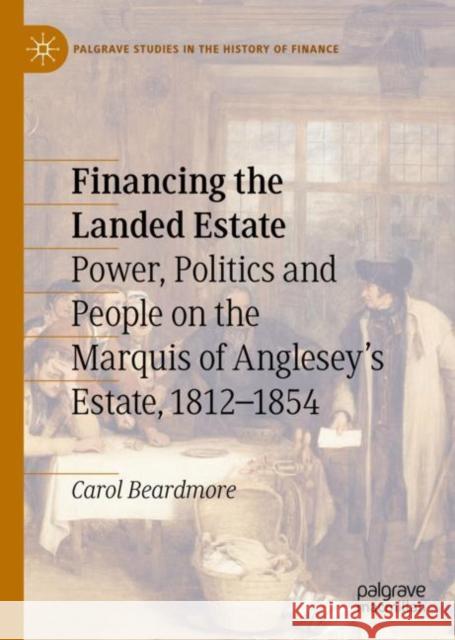Financing the Landed Estate: Power, Politics and People on the Marquis of Anglesey's Estate, 1812-1854 » książka
topmenu
Financing the Landed Estate: Power, Politics and People on the Marquis of Anglesey's Estate, 1812-1854
ISBN-13: 9783030145514 / Angielski / Twarda / 2019 / 236 str.
Kategorie:
Kategorie BISAC:
Wydawca:
Palgrave MacMillan
Seria wydawnicza:
Język:
Angielski
ISBN-13:
9783030145514
Rok wydania:
2019
Wydanie:
2019
Ilość stron:
236
Waga:
0.45 kg
Wymiary:
21.01 x 14.81 x 1.6
Oprawa:
Twarda
Wolumenów:
01
Dodatkowe informacje:
Wydanie ilustrowane











